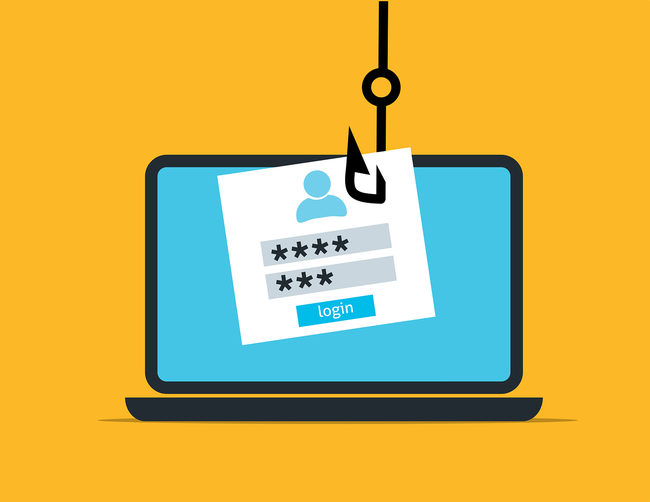How to spot a phishing email
Phishing emails are the most common way cybercriminals attempt to gain access to an organization's systems. Spam filters will catch many of these emails, but your trained eye can easily spot the rest. Here are some tips to help you spot a phishing email and keep ANR safe from malicious actors.
Below is a suspicious email received by an ANR employee this week. The employee noticed the email seemed off and sent it to IT. Great job at spotting the phish!
- Check the sender
This may be a legitimate UC Davis email account, but it seems weird that a random person at UC Davis would send notification of an Office 365 termination to an ANR employee. If there was an issue with an Office 365 account, notification would likely come from ANR's IT – not directly from UC Davis. Additionally, if the email sender is someone you don't know and don't normally communicate with, keep your guard up.
- Subject line
In our example above, the subject line is blank. For an email notifying someone of account termination, there should be a formal subject line. This is a red flag.
- Poorly written
You can often tell if an email is a scam if it contains poor spelling and grammar.
A notification of account termination would be formal and checked for spelling errors and poor grammar. Informal emails on serious subjects containing awkward grammar and misspelled words are likely phishing attempts.
- Suspicious links
Whenever a link is sent in an email, use your mouse to hover over the link to see where it really leads. If a hyperlink address does not match the address text, it is most certainly a phishing attempt.
Use these tips to help identify phishing emails. When in doubt – don't click a link in an email, reach out to IT or your unit director for verification of an email's legitimacy.



